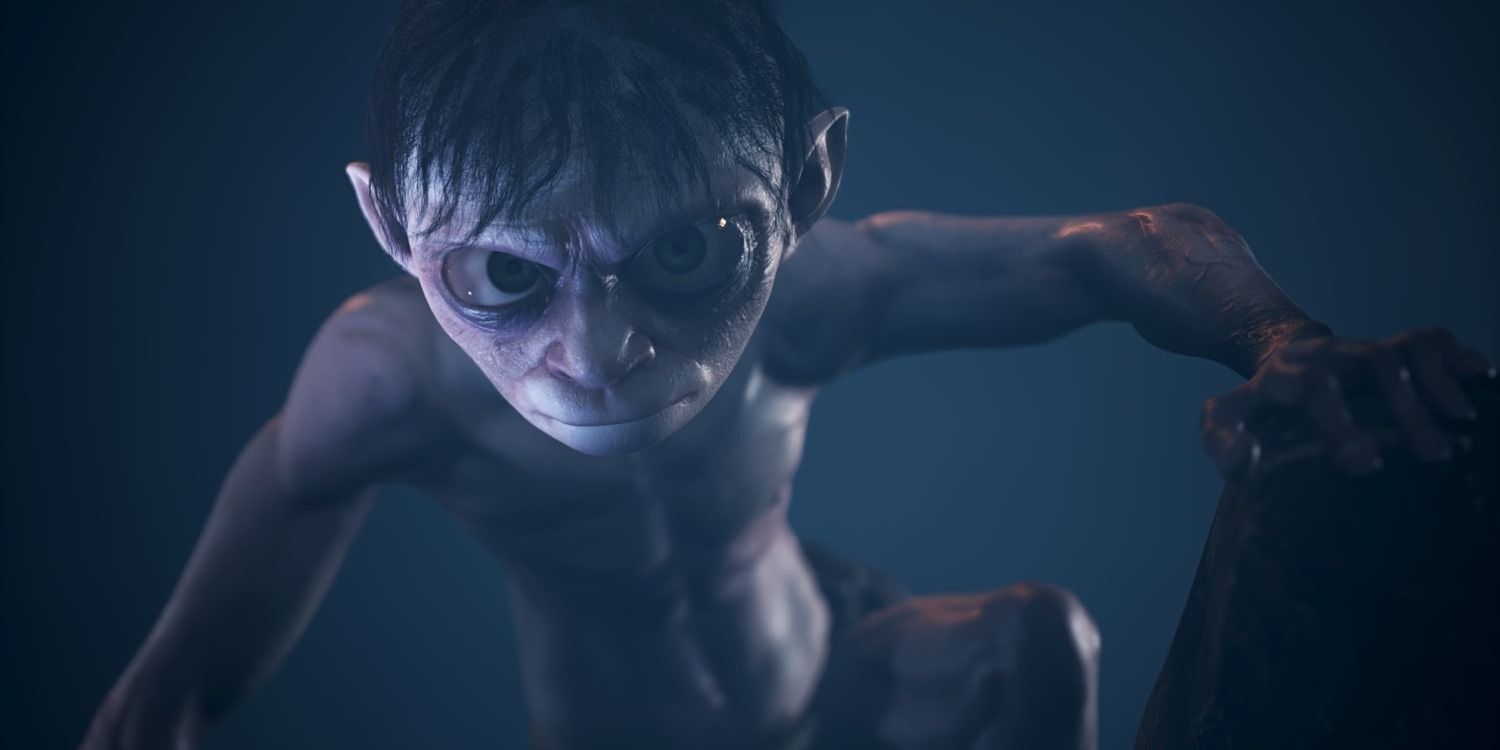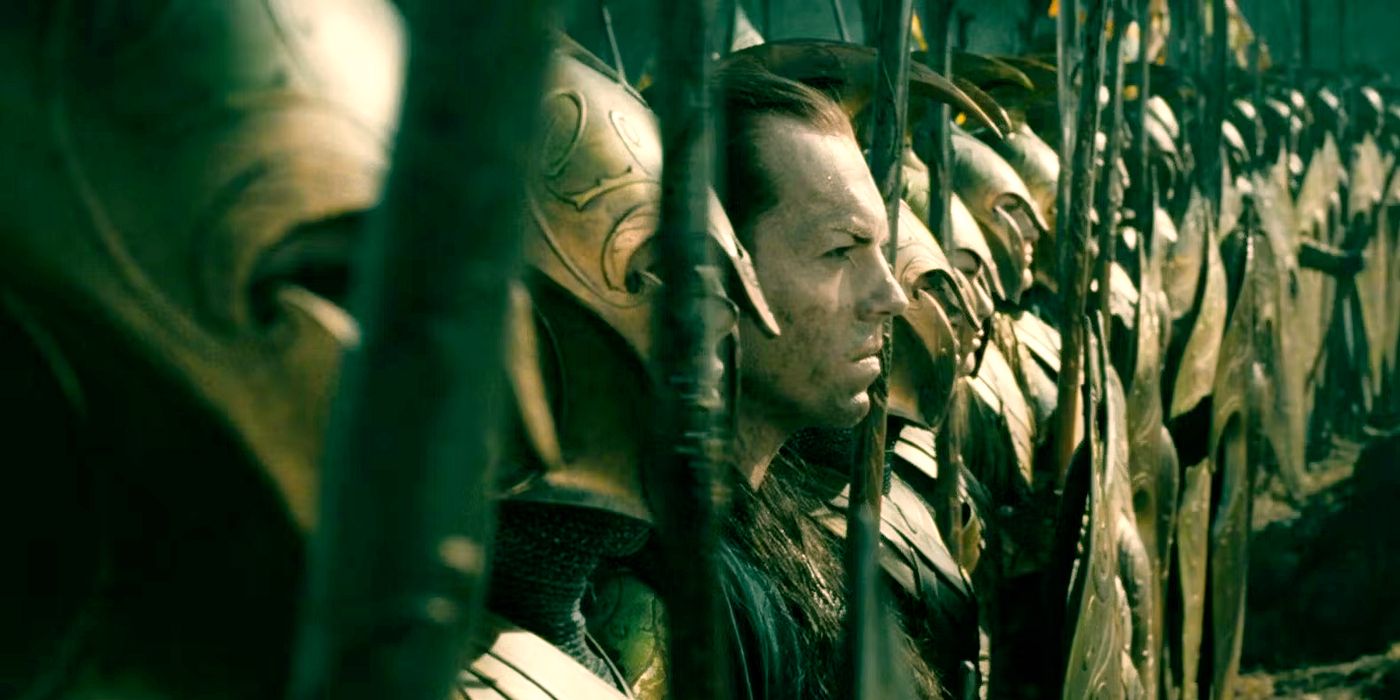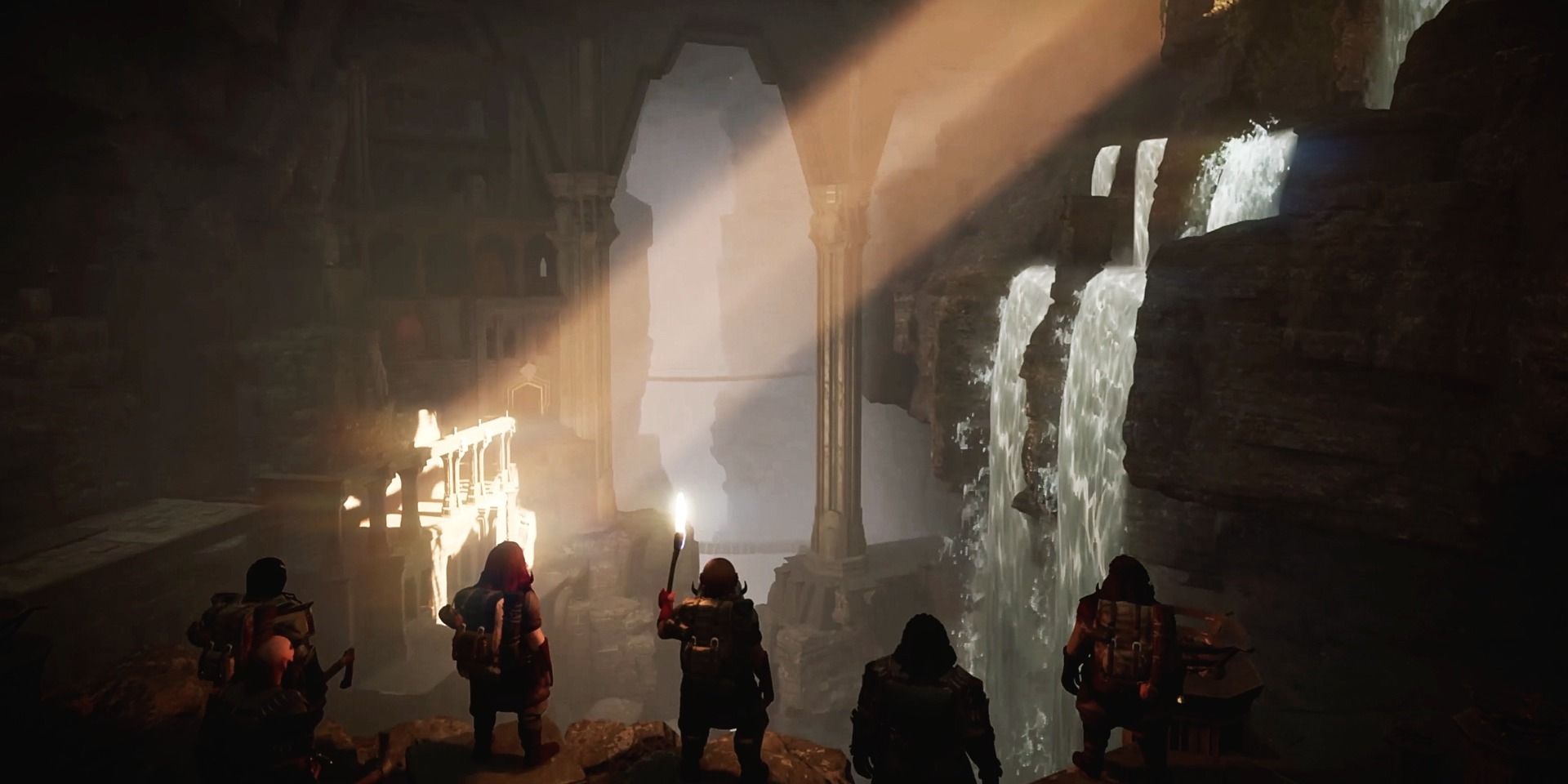The Lord of the Rings franchise is so deeply ingrained in pop culture that even the most casual of nerds can rattle off some amount of trivia on the subject. This massive popularity makes it ripe for video game adaptations. But the latest game to adapt Tolkien's work, Lord of the Rings: Gollum, has not been nearly as successful as previous LotR hits like Battle for Middle Earth or Lord of the Rings: Conquest.
One of the best games to pull from the expanded universe of the Lord of the Rings series is Middle-Earth: Shadow of Mordor, released in 2014. While Lord of the Rings: Gollum has been universally panned, leading the developers to issue an apology via Twitter, Middle-Earth: Shadow of Mordor is still an incredible game even nearly a decade later.
Shadow of Mordor Expands The Canon While Telling Its Own Story
Middle-Earth: Shadow of Mordor takes place during the 60-year time skip between The Hobbit and Fellowship of the Ring. The player controls the ranger Talion, who has been revived after he and his family were killed by the forces of Mordor. Talion is revived by Celebrimbor, an elven smith of the Second Age who was tricked into forging the Rings of Power. The elf shares his wraith-like abilities with the ranger as they seek to uncover Celebrimbor's identity and get revenge for Talion. Over the course of the story, Celebrimbor uncovers more of his memories and Talion slays Sauron's physical form in the end with the elf's help.
Shadow of Mordor's story is tied very deeply into Tolkien's legendarium, a collection of stories, poems, and writings that would form the basis of The Silmarillion. This body of work is an excellent jumping-off point for new Middle-Earth stories, and Shadow of Mordor does an excellent job of mining it for characters and settings that feel organic and fresh. This is one of the biggest things Gollum failed at. The idea of seeing what Gollum was up to between his capture and reuniting with Sam and Frodo is ripe for ideas, but the game falls incredibly short especially compared to its predecessors.
The most interesting mechanic of Shadow of Mordor is the Nemesis System, a gameplay mechanic that tracks specific Uruk who do anything notable, like killing the player. These Uruk can be promoted to captains and gain special abilities and leadership within Sauron's army. The player can either kill them to weaken the army or, later on, brand them and begin sowing discontent and in-fighting. The Nemesis System is incredibly deep and makes every player's story as Talion feel unique.
Shadow of Mordor succeeds in ways that many franchise tie-in games do not, including Gollum. While there are familiar faces and places within the game, it gives players a decent amount of freedom without beating them over the head with references. It is a wholistic Lord of the Rings game that captures the awe-inspiring breadth of the setting and the humanity that is inherent to Tolkien's characters.
Tolkien's Legacy Is Ever Growing Thanks To Gamers
It cannot be overstated how deeply impactful Lord of the Rings actually is as a franchise. From movies to comics to trading cards and video games, Lord of the Rings occupies an important space in the cultural consciousness and many fans want to be a part of that history. It is clear that the Gollum developers had high hopes for their game, but they ultimately missed the mark harshly despite all their work with Tolkien experts.
Shadow of Mordor, on the other hand, has become a classic over the last decade. From its interesting and varied gameplay system to its incredibly deep world-building, it continues to stand the test of time as one of the best Lord of the Rings adaptations of all time.



